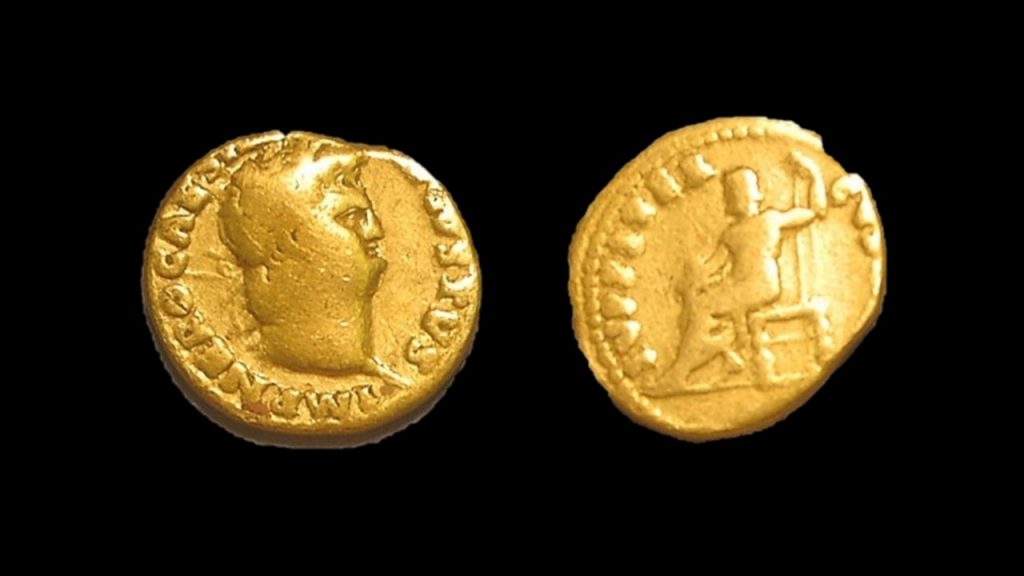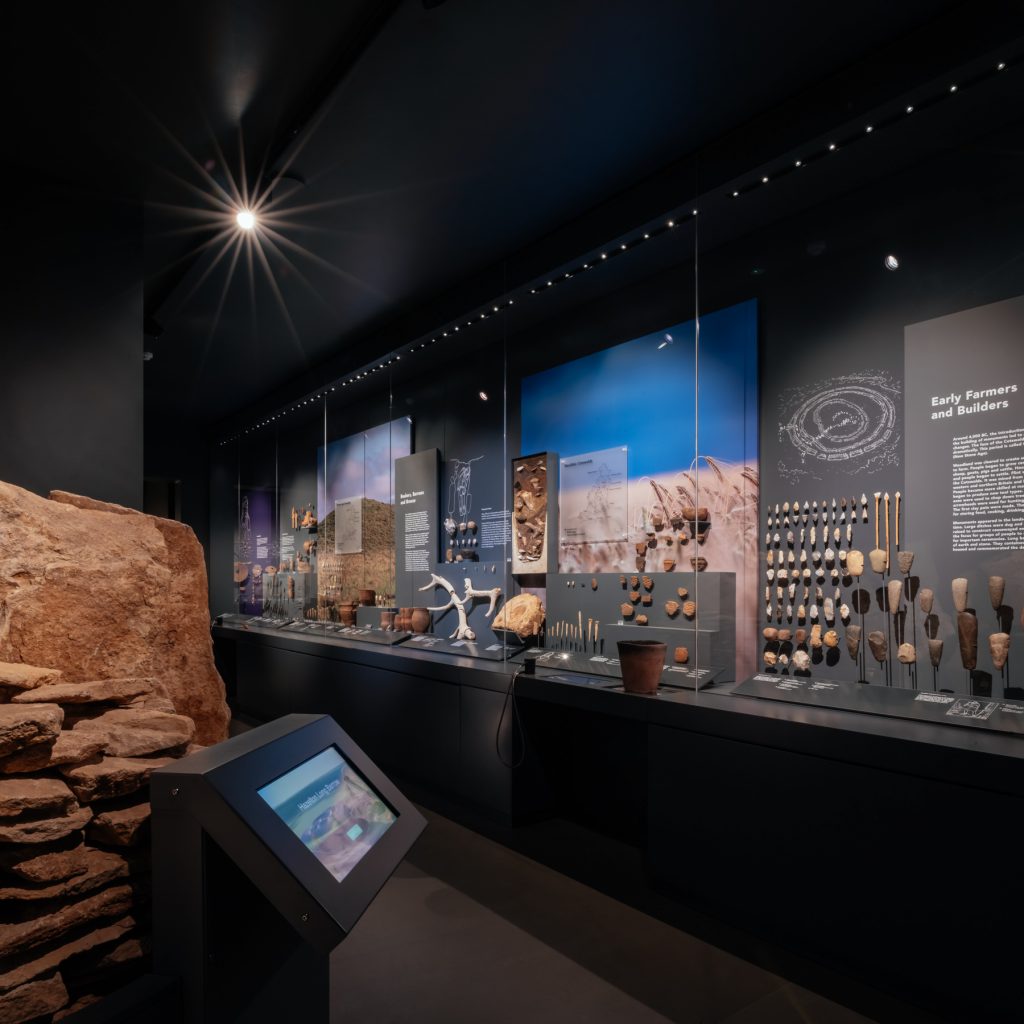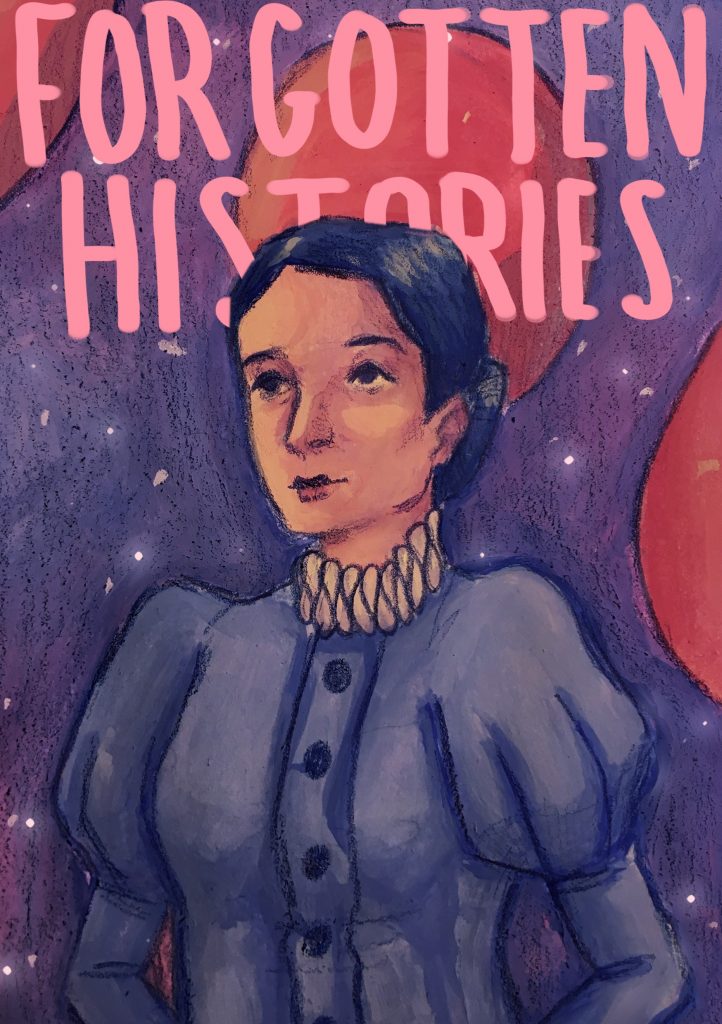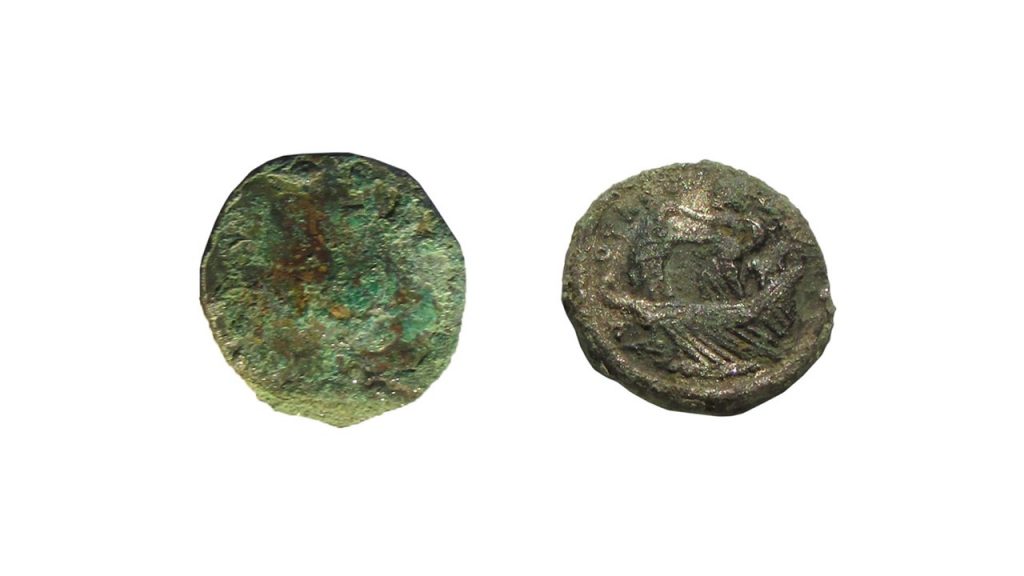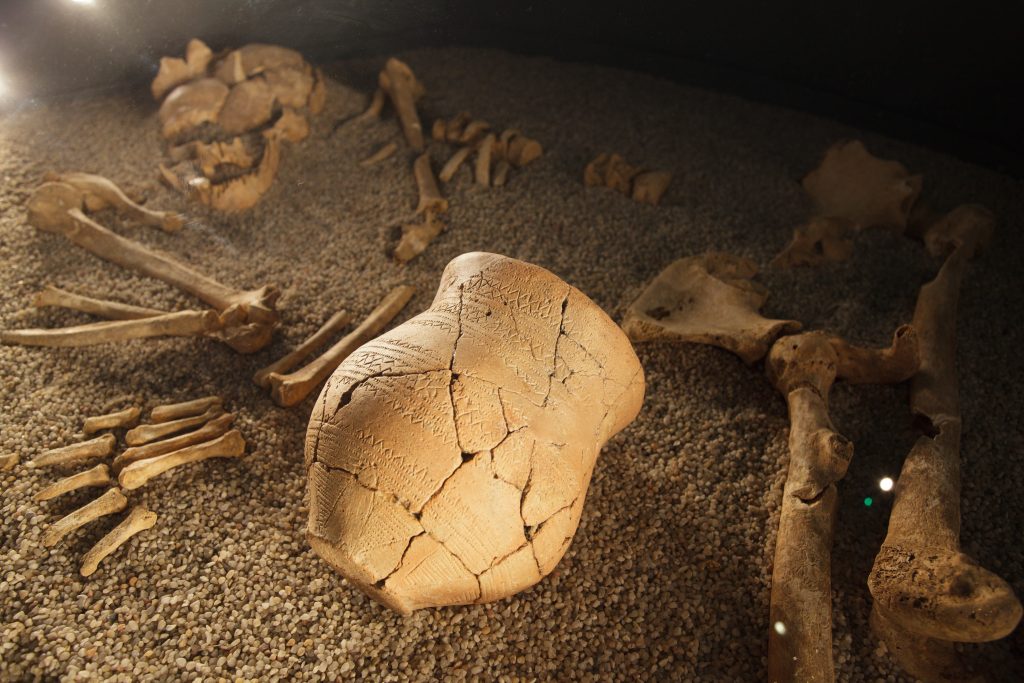Coins As Great Storytellers by Oliver Turney
I will not pretend that everybody loves coins. It’s true – not everyone will spend the majority of their visit to a museum peering through the glass at some tiny circular discs of copper, silver or gold, whose miniscule inscriptions are barely visible to the human eye from close up, let alone from behind the glass! However, don’t be too quick to dismiss these coins: in bypassing them on your trip around the museum, you may be missing out on a truly fascinating story.


